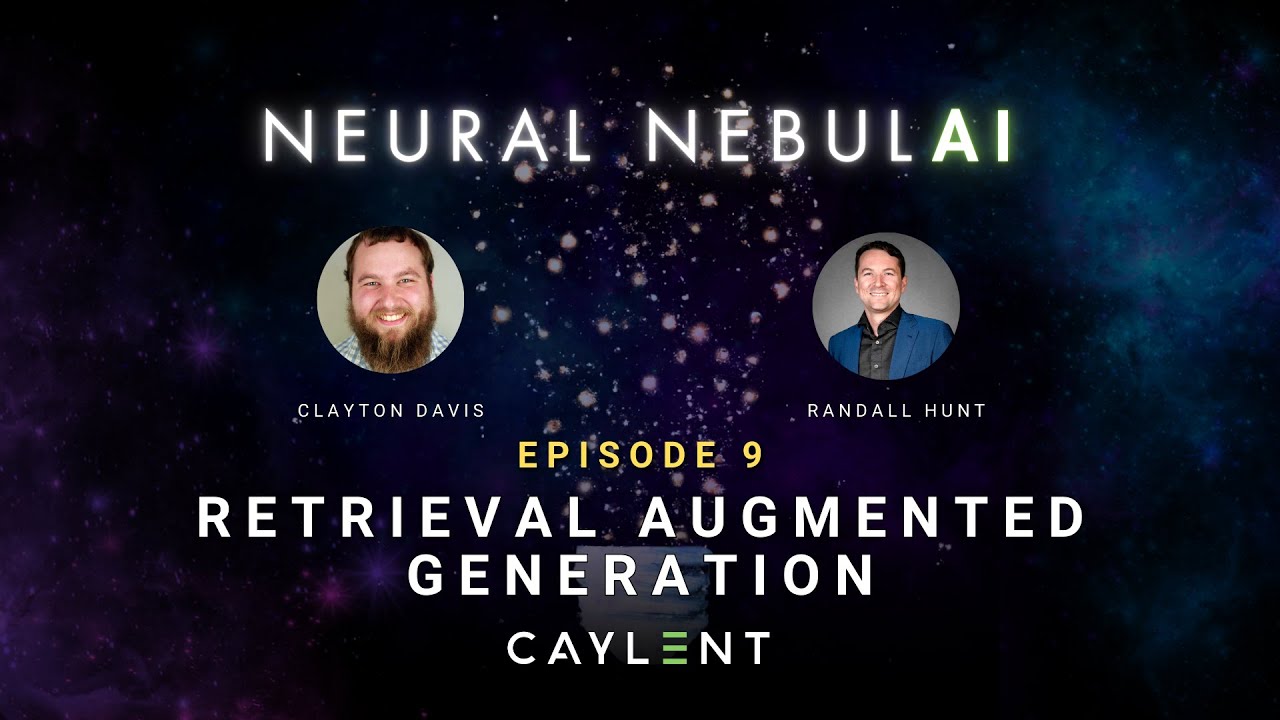RAG from scratch: Part 12 (Multi-Representation Indexing)
Summary
TLDRIn this informative session, Lance from LangChain explores multi-representation indexing, a method to enhance data retrieval in vector stores. He outlines the significance of query translation, routing, and query construction in optimizing search processes. The innovative approach of proposition indexing is introduced, where documents are distilled into optimized summaries using a large language model (LLM) for better retrieval efficiency. By maintaining raw documents in a separate store, the LLM can access full context during response generation, especially beneficial for handling long-form content. The session concludes with practical examples demonstrating this effective indexing technique.
Takeaways
- 😀 Multi-representation indexing decouples raw documents from their retrieval units for better efficiency.
- 🔍 The method uses large language models (LLMs) to create optimized summaries, enhancing the retrieval process.
- 📄 Traditional document indexing involves splitting documents and embedding them directly; this approach improves upon that by summarizing.
- 🧠 Propositions, or summaries generated by LLMs, serve as crisp representations of the original documents to facilitate faster searches.
- 🔗 The workflow includes storing raw documents separately from their summaries to optimize retrieval and generation processes.
- 📦 A vector store indexes the summarized documents, allowing for effective similarity searches based on key ideas.
- 📚 Full documents are stored in a document store, enabling access to complete content when needed.
- 🔗 When a query is made, the system retrieves the summary first, then uses it to locate and return the full document.
- ✨ This approach is particularly effective for long-context LLMs, which can handle complete documents without chunking.
- 🚀 The multi-representation indexing strategy enhances the capabilities of retrieval-augmented generation (RAG) systems.
Q & A
What is the main focus of Lance's discussion?
-Lance focuses on multi-representation indexing techniques for retrieval-augmented generation (RAG) systems, particularly how to optimize the indexing process for vector stores.
What were some of the previous topics covered before indexing?
-The previous topics included query translation, routing of questions to appropriate data sources, and query construction for various databases.
What is multi-representation indexing?
-Multi-representation indexing is an indexing technique that involves decoupling raw documents from the units used for retrieval, allowing for more effective searches by summarizing documents for better indexing.
How does proposition indexing differ from traditional indexing methods?
-Proposition indexing involves creating a distilled representation of a document using an LLM, rather than simply splitting and embedding the document directly, optimizing it for retrieval.
What is the process described for handling documents in the indexing method?
-The process involves summarizing a document using an LLM, embedding the summary for retrieval, and storing the raw document separately in a document store.
What advantages does the discussed indexing method offer for LLMs?
-The method ensures that LLMs can access the full context of documents during generation, leading to more accurate and comprehensive responses.
What example documents does Lance use in his demonstration?
-Lance uses two blog posts: one about building autonomous agents and another discussing the importance of high-quality human data in training.
What does Lance mean by 'querying the vector store'?
-Querying the vector store refers to performing a similarity search using the embedded summaries to find relevant documents based on specific keywords or phrases.
How does the retrieval process work once a query is made?
-Once a query is made, the system retrieves the relevant summary from the vector store, uses its document ID to locate the full document in the document store, and returns the entire article for LLM processing.
Why is this multi-representation indexing approach particularly beneficial for long-context LLMs?
-This approach is beneficial for long-context LLMs because it allows the model to handle entire documents without needing to split them, ensuring it has all necessary context for accurate answer generation.
Outlines

Cette section est réservée aux utilisateurs payants. Améliorez votre compte pour accéder à cette section.
Améliorer maintenantMindmap

Cette section est réservée aux utilisateurs payants. Améliorez votre compte pour accéder à cette section.
Améliorer maintenantKeywords

Cette section est réservée aux utilisateurs payants. Améliorez votre compte pour accéder à cette section.
Améliorer maintenantHighlights

Cette section est réservée aux utilisateurs payants. Améliorez votre compte pour accéder à cette section.
Améliorer maintenantTranscripts

Cette section est réservée aux utilisateurs payants. Améliorez votre compte pour accéder à cette section.
Améliorer maintenantVoir Plus de Vidéos Connexes

RAG From Scratch: Part 1 (Overview)

RAG From Scratch: Part 3 (Retrieval)

Retrieval Augmented Generation - Neural NebulAI Episode 9

Realtime Powerful RAG Pipeline using Neo4j(Knowledge Graph Db) and Langchain #rag

🔥MongoDB Indexing Explained Within 20 Minutes | Indexing in MongoDB | Mongodb Tutorial | SimpliCode

Cataloguing and indexing in Information Retrieval System
5.0 / 5 (0 votes)
